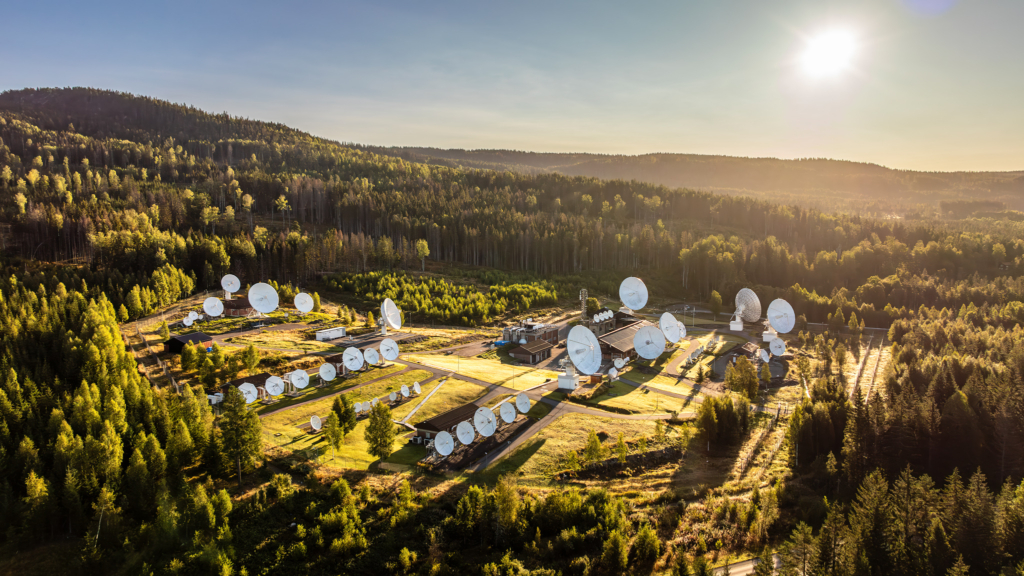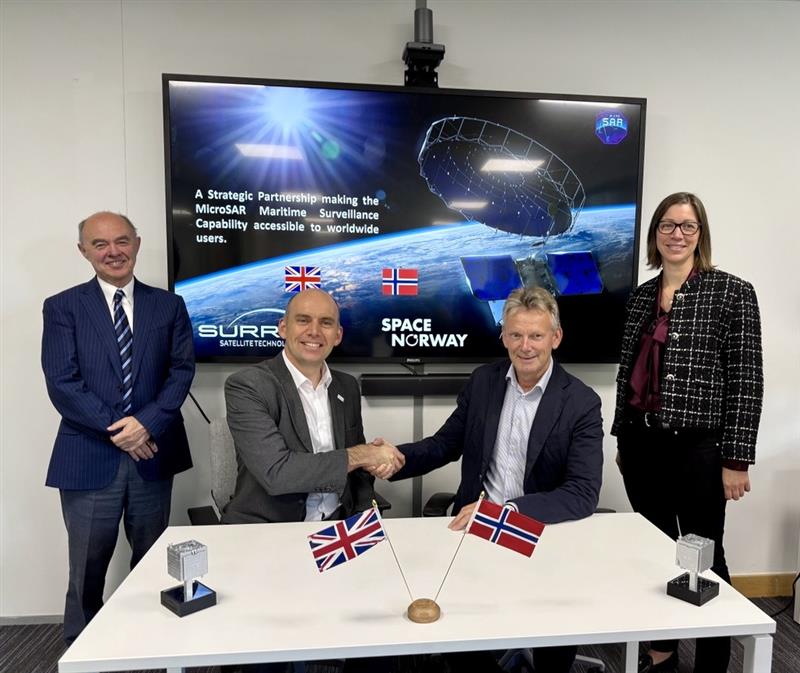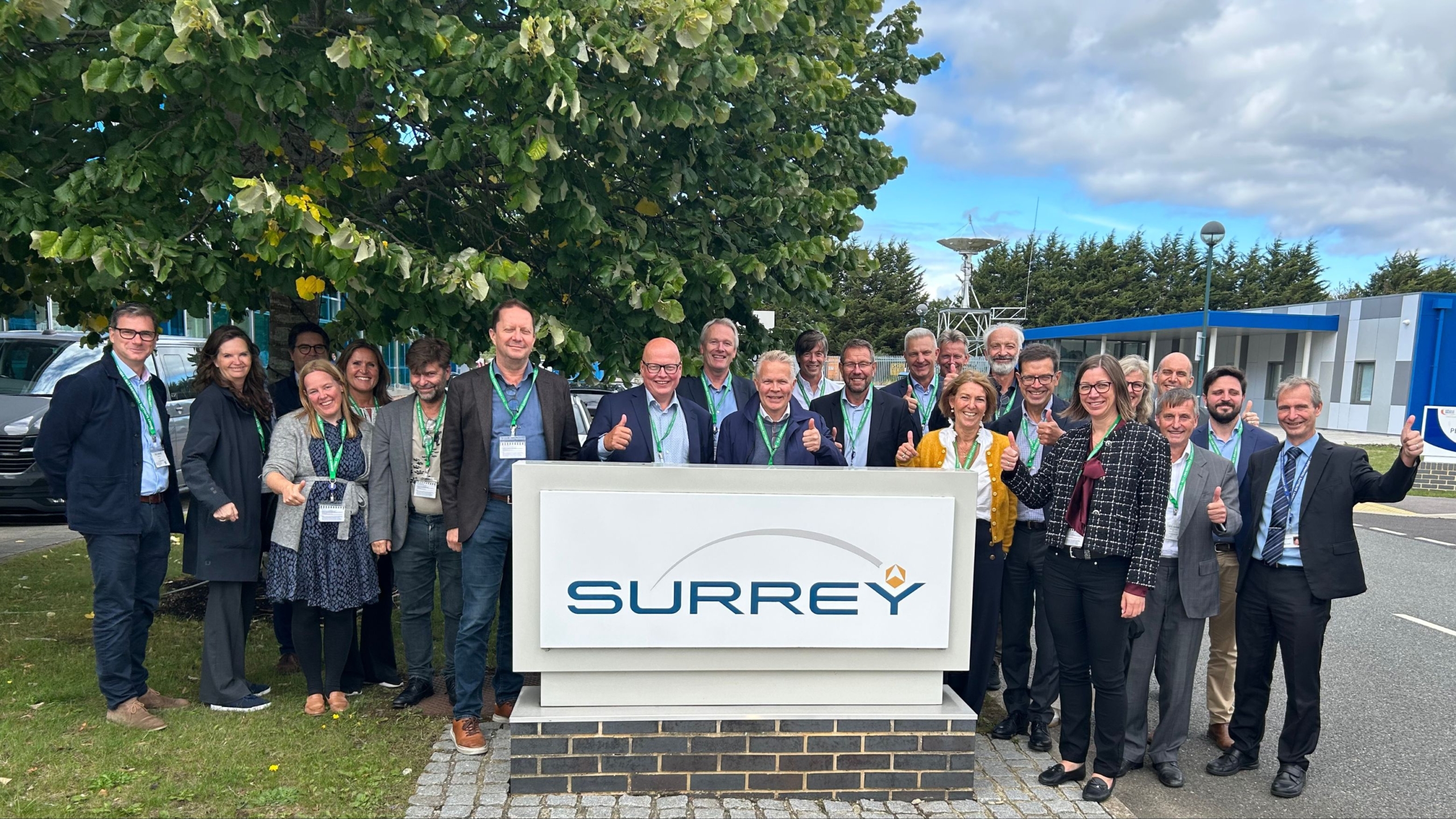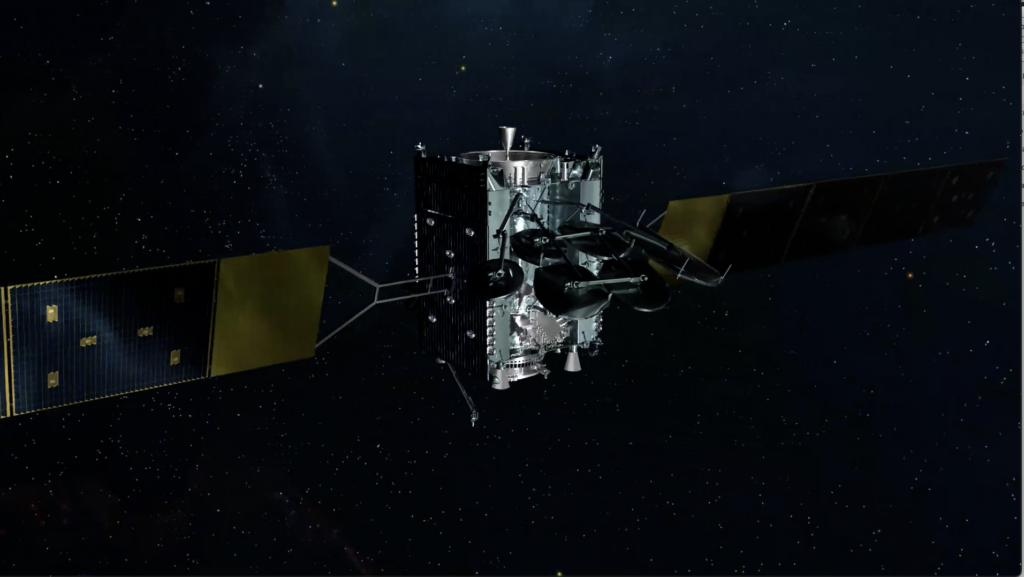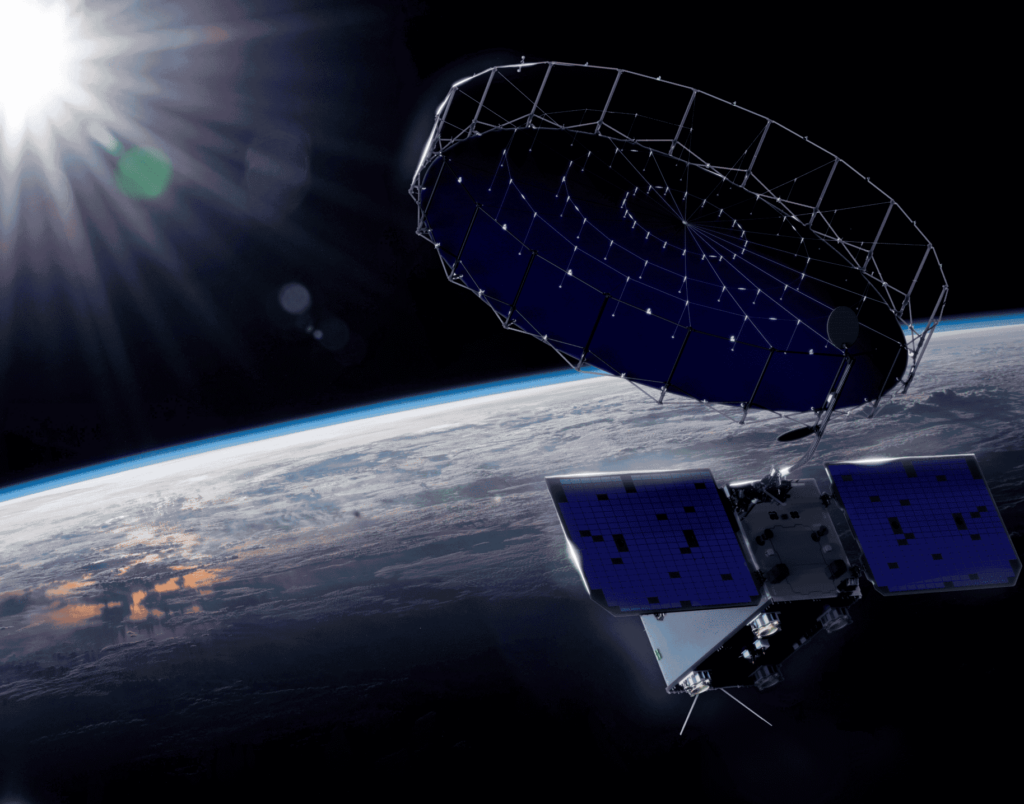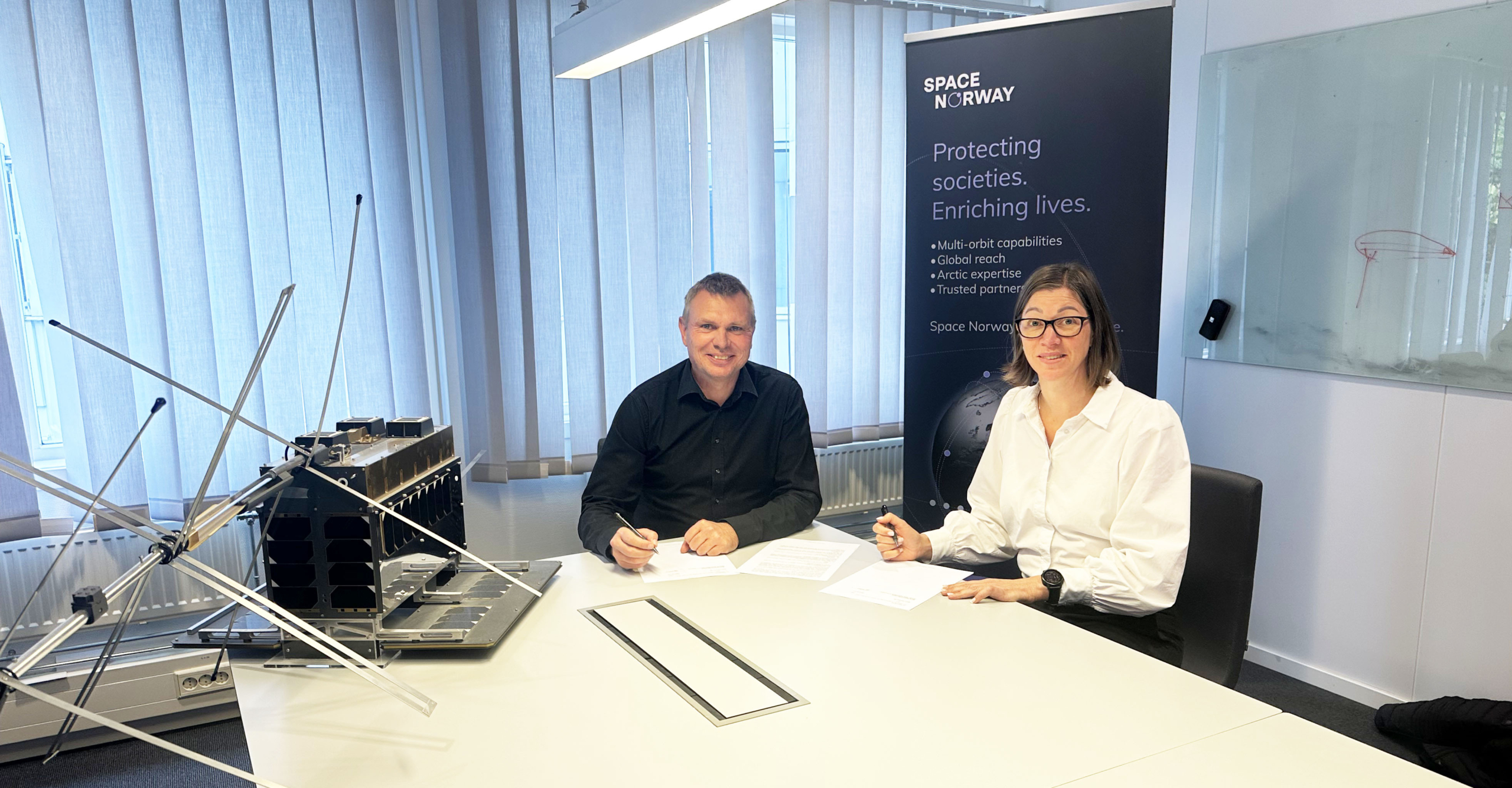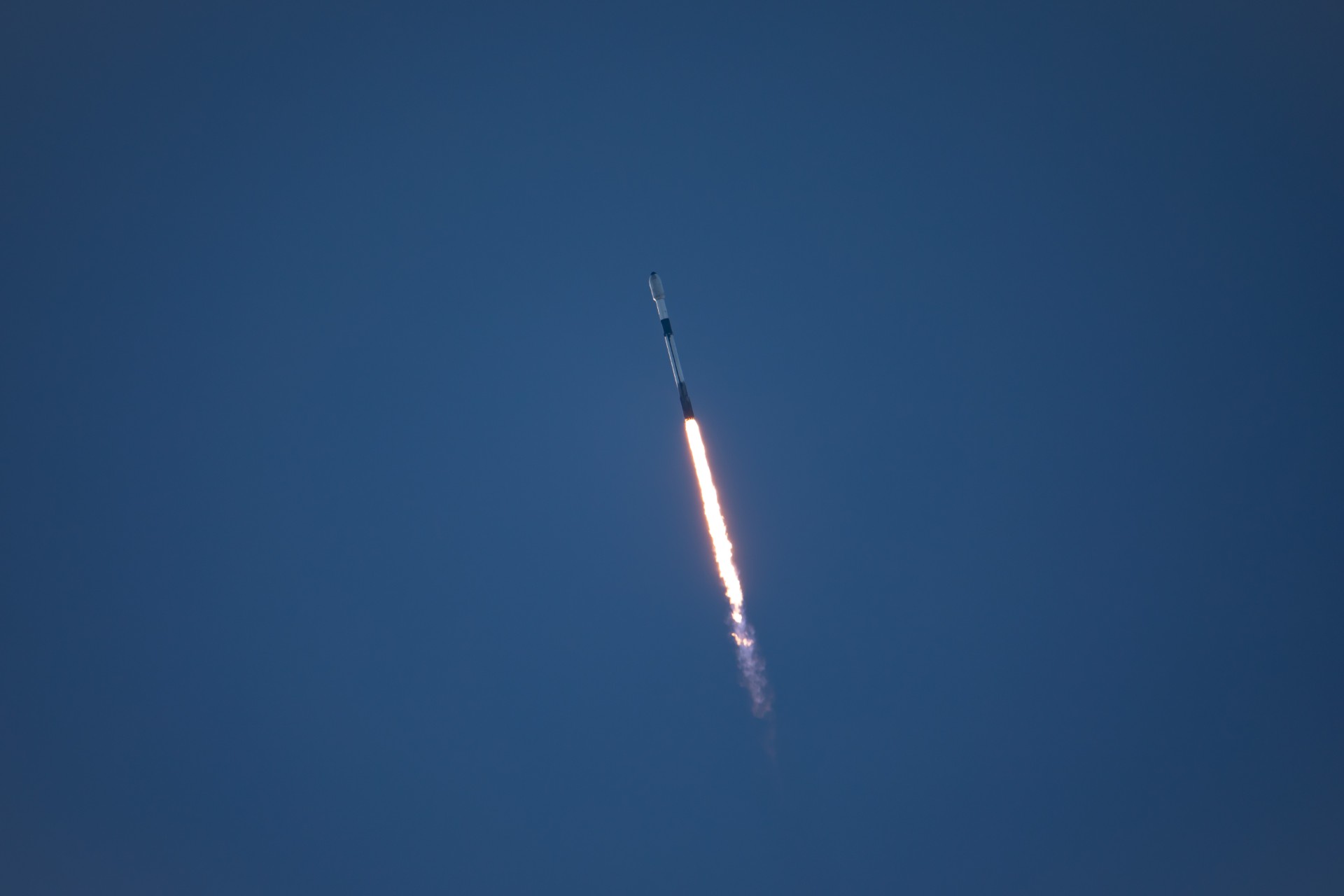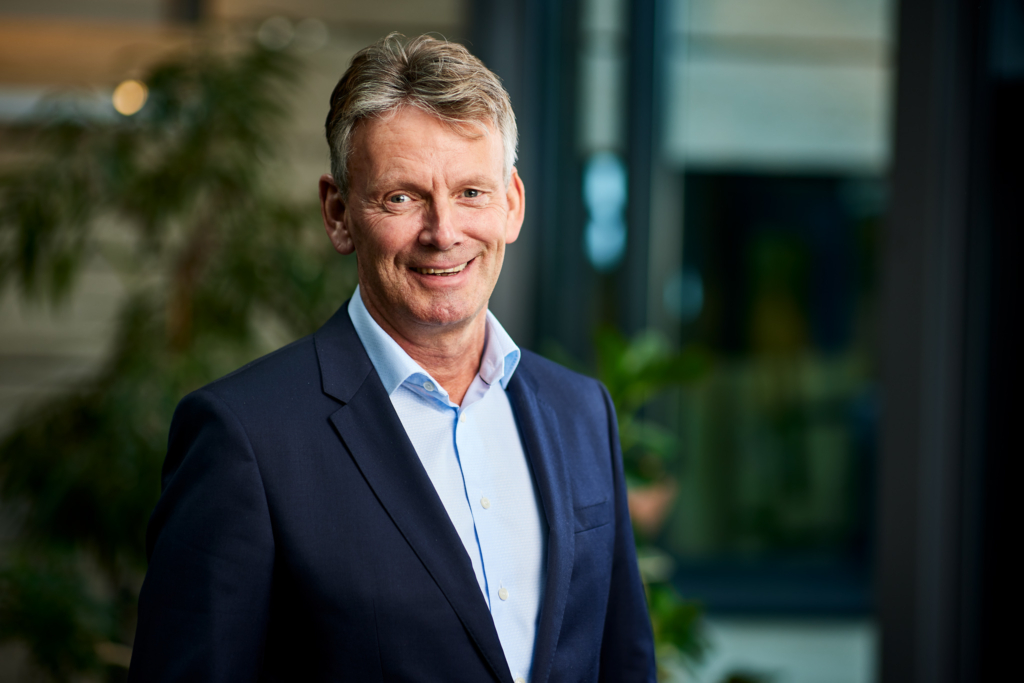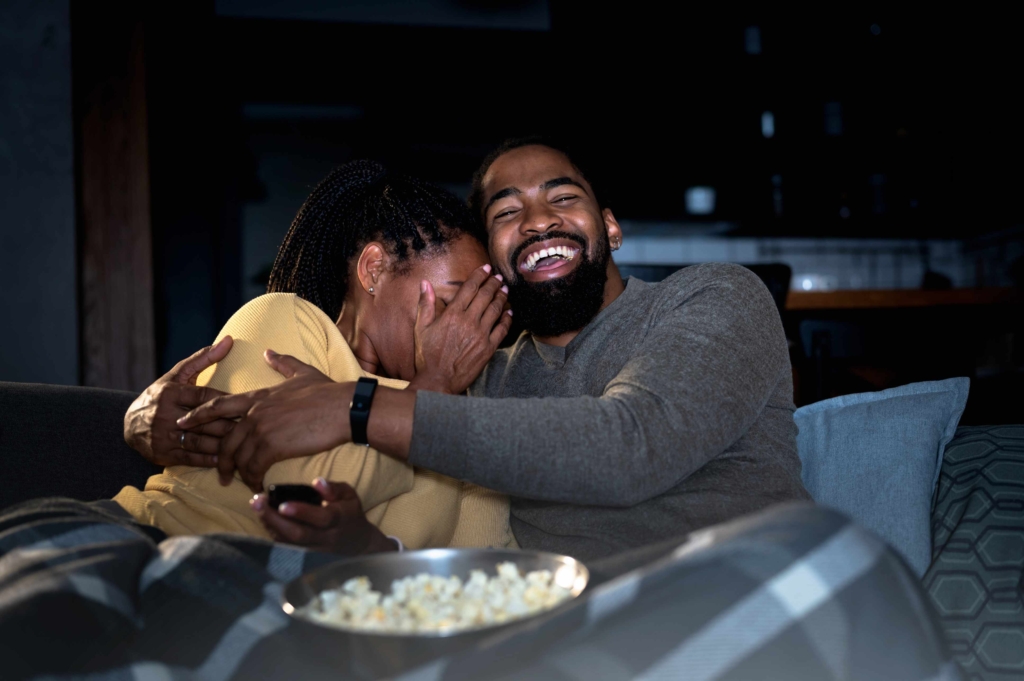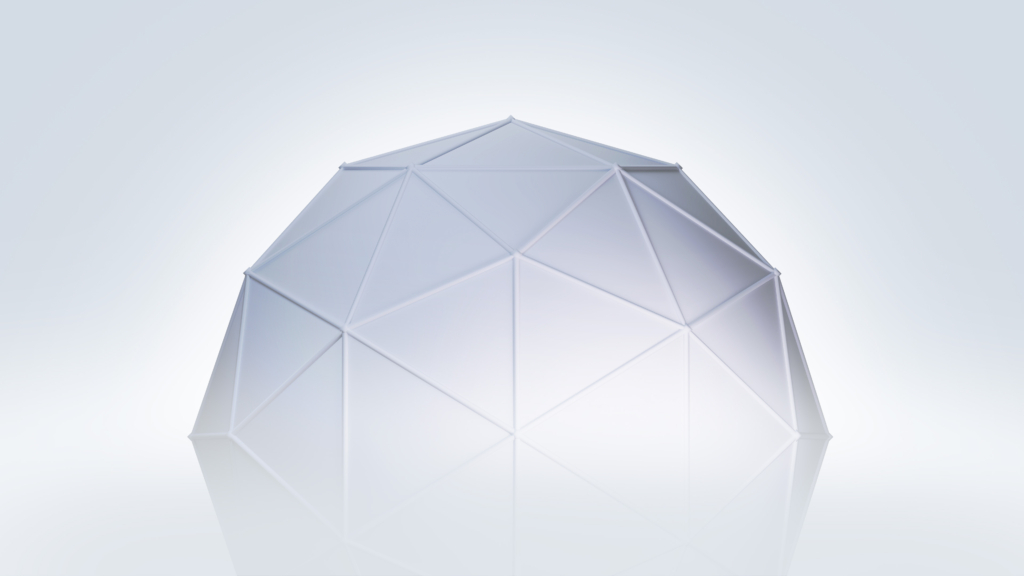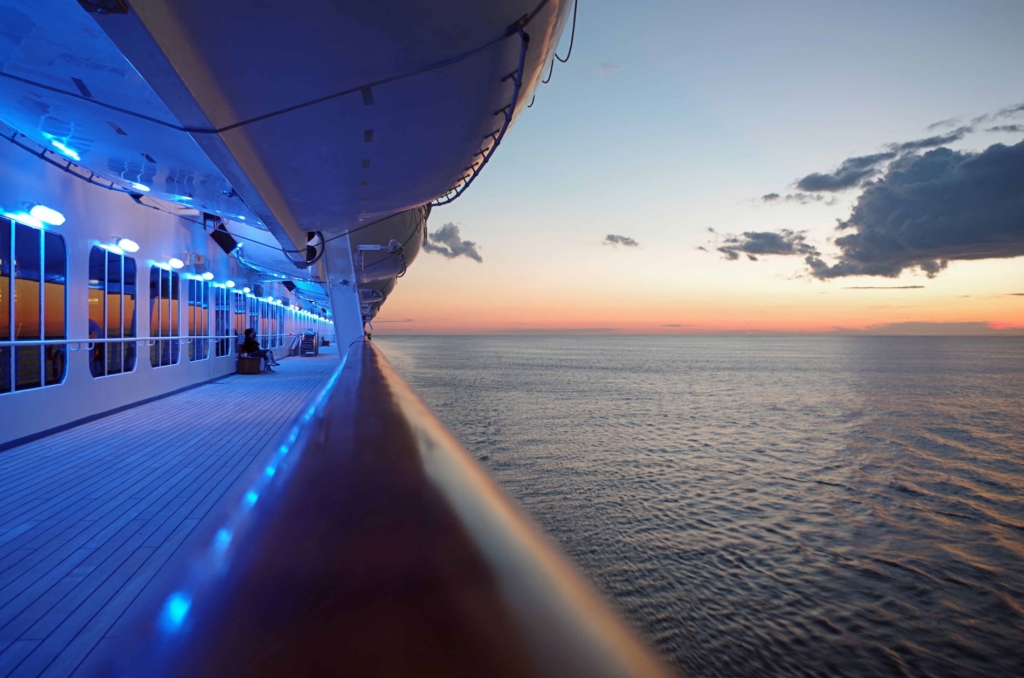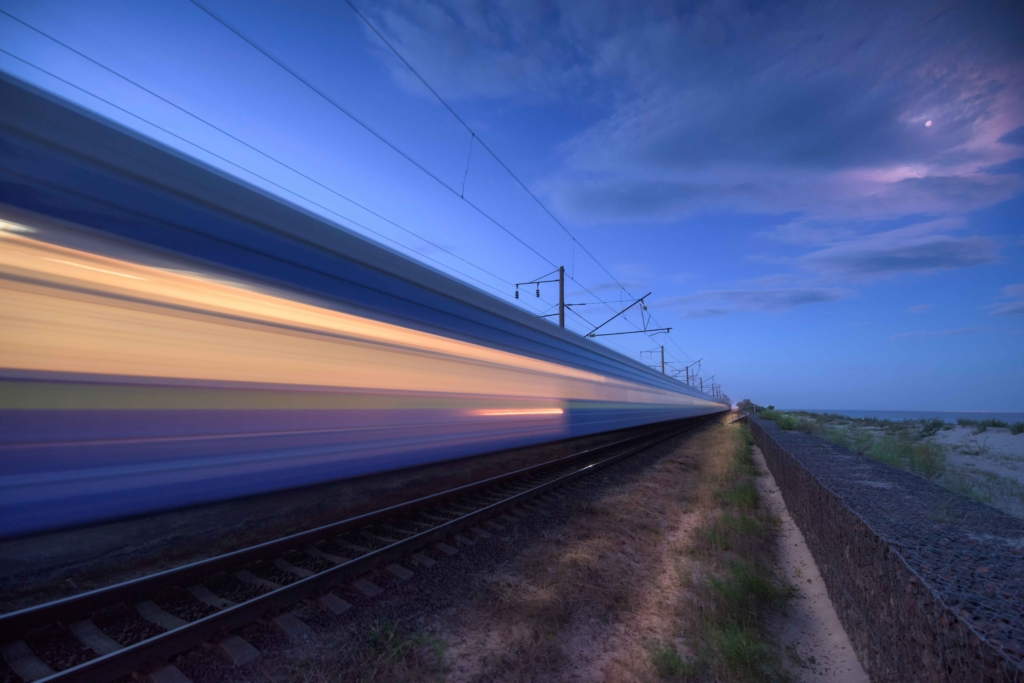
Media Excel, a leading provider of encoding and transcoding solutions, today announced that Space Norway, a leading provider of satellite services and operator of critical infrastructure, has selected its HERO 6000 platform to power a next-generation encoding headend for premium video distribution.
14 October 2025 – The new deployment will extend what is a long-standing relationship and enable Space Norway to efficiently deliver nearly 200 linear channels to its customers, building on Media Excel’s proven track record of delivering five-nines reliability in mission-critical broadcast environments.
The HERO 6000 series, Media Excel’s flagship appliance, combines best-in-class video quality with sub-second latency and broad codec support, including AVC, HEVC, AV1, and VVC, while enabling flexible deployment on-premise, in the cloud, or in hybrid environments. Media Excel’s AI-enabled DIVA (Dynamic Intelligent Video Adaptation) encoding enhances these capabilities by dynamically adjusting encoding profiles in real time, maintaining optimal viewing quality even under fluctuating network conditions.
“We chose Media Excel’s HERO platform not only for its proven reliability and flexibility, but because it directly supports our mission to deliver secure, uninterrupted services to our customers,” said Gunnar Ånesland, Director Broadcasting Products & engineering at Space Norway. “The HERO platform’s capabilities for AI-enabled encoding means we can automatically optimize video quality and bandwidth usage. This allows us to further enhance our offering, improve efficiency, and continue to provide our customers with consistent, high-quality video services.”
Narayanan Rajan, CEO of Media Excel, commented: “We’re proud to have been chosen by Space Norway, and this partnership really underlines how competitive Media Excel is when it comes to delivering best-in-class encoding. By deploying the HERO 6000, Space Norway can ensure broadcast-grade reliability while reducing operational complexity. This deployment also highlights how Media Excel is helping operators to optimize total cost of ownership for complex distribution workflows, an increasingly critical priority for service providers who need to do more with less.”
About Media Excel
Founded in 2000 and headquartered in Austin, TX, Media Excel is a pioneer in multi-screen video delivery solutions. Its HERO platform powers more than 350 million multi-screen subscribers globally, trusted by Fortune 500 companies and Tier-1 operators for their 24×7 mission-critical deployments
For more information please visit www.mediaexcel.com.

